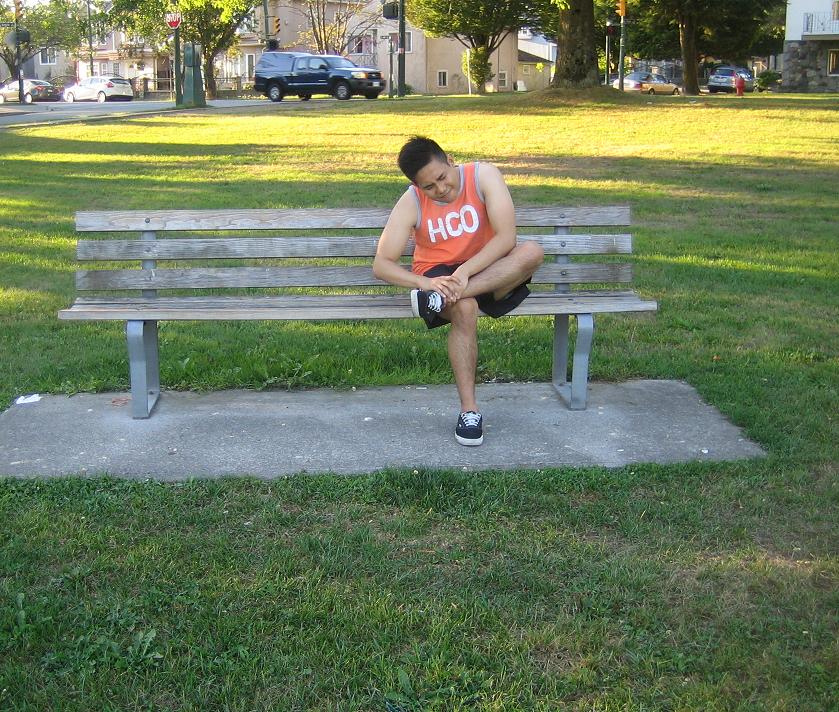Ankle fractures typically involve the bony protrusion on the exterior of the ankle which is the ending point of the minor leg bone in the fibula. It can also involve the bump on the interior of the ankle (medial malleolus) which is the end point of the tibia or the rear lower end of the shinbone (posterior malleolus) or even both.
The ankle fractures are quite common. The ankle might end up damaged if the foot is forced up or down or rolls inwards or outwards. It can also be fractured in more than one area. Oftentimes, the upper part of the fibula is also damaged.
Close look on the ankle
The ankle joint is comprised of 3 bones – 2 bones of the lower leg (tibia and fibula) and the bone in the foot (talus) situated in between the leg bones and the heel bone.
These 3 bones are linked by a number of ligaments which form a ring to stabilize the ankle. The ankle fractures often disrupt the ring in more than a single area. Oftentimes, if force is applied to an ankle ligament, it breaks off a small bone chip at the area where the ligament connects to the bone. This type of fracture is called an avulsion fracture that feels more like a severe sprain rather than a fractured bone.
What are the indications of ankle fractures?

Ankle fractures are usually swollen and painful. In most instances, the individual could not place any weight on the affected extremity.
How is it diagnosed
The doctor will check for ankle fractures by assessing and gently palpating the affected ankle. If a fracture is suspected, a series of X-rays are taken to confirm the presence of a fracture.
Based on the results of the assessment and X-rays, the doctor will determine if the ankle is stable or not. After this, the suitable treatment can be decided on.
Treatment
In most cases of stable ankle fractures including avulsion fractures, the placement of a cast is needed for about 6 weeks. These fractures typically heal properly without any lasting complications.
As for unstable fractures, surgery might be needed. In most instances, open reduction with internal fixation (ORIF) is carried out. After such injuries, the ankle might not be as strong as it was before.

